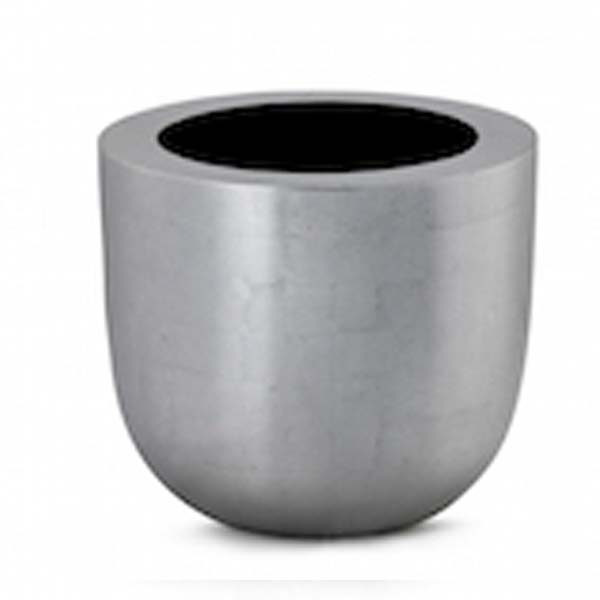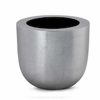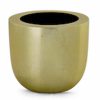Call support free: +971 52 158 3242, +971 50 424 9873
All Categories
Categories
- Real Feel Bamboo & Grass
- Fertilizer
- Woodchips & Stones
- Cactus & Succulents
- GRP Pots
- Artificial Plants
- Real Feel Cactus & Succulents
- Real Feel Feature Plants
- Real Feel Ficus species
- Real Feel Palm trees
- Real Feel Filler Plants
- Real Feel Flowering Plants
- Plant Arrangements
- Flowers Arrangements
- Outdoor Plants
- Pots
- Indoor Plants
Search
My account
Cart
Spend another AED 350 and get free shipping!
THE PLANT BOX RANGE
More
Less



